Japan experienced a process of reconstruction and development of its heavy industries after World War Two. One of the undertakings that received a capital and labor boost was its dismantled railway system. The Japanese railway system thus became vital for the reorganization and logistics of the country, with the Shinkansen bullet train becoming the foremost innovation in this reorganization. Today, Japan’s fastest express bullet train, retro-inspired cabins, and luxury compartment trains have given rise to a dedicated fan base of train lovers and railway enthusiasts from Japan and beyond.
- What is the Origin of the Japanese Railway System?
- Getting to Know the Japanese Train System
- How to Get Started with Japanese Model Trains
- What is the Bullet Train Experience Like?
- Even Fancier Than the Bullet Train?
- How to Get to Japan’s Railway Museums
- What is the Overall Japanese Train Experience Like?
What is the Origin of the Japanese Railway System?
As trains and locomotives came and went, practical designs were replaced by more stylish models. Each wave was more and more interesting to the common citizen’s eye, applying tangible ideas from the “Italian futurism” school of design. This gave room for intricate prototypes combined with the ultimate goal of faster and more efficient trains, eventually appearing on Japanese rails.
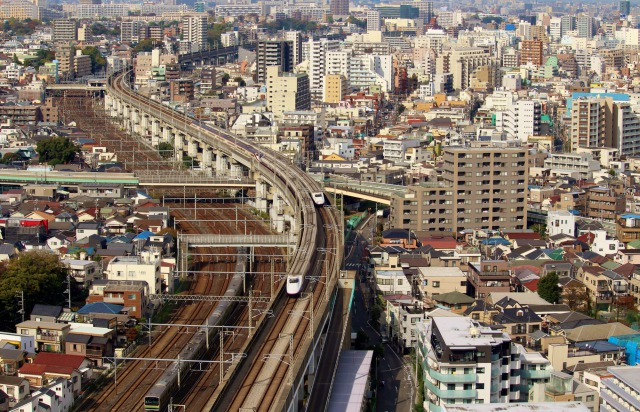
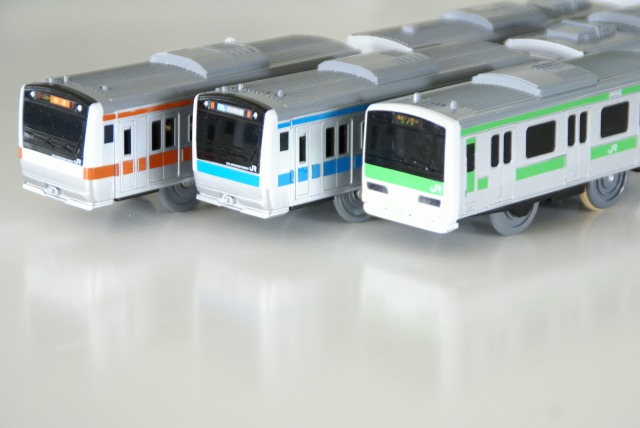
Getting to Know the Japanese Train System
Many of these aforementioned trains and connected railways go through designated zones connecting a specific number of cities and regions. There are many amazing landscapes along the way! Depending on which cities you visit, you’ll be able to see these mechanisms firsthand. There are various guides about the trains in libraries (they are in Japanese, but you can get one translated to your language online or as a Multilanguage e-book) that will give you technical and historical data, as well as information about the designs. They will even recommend which trains are the most attractive in every zone; that include the most exciting tours; even those small trains with 2 or 3 carriages from the XX century that still work and are an engineering wonder.
How to Get Started With Japanese Model Trains
Of course, every region has its souvenirs from each particular train line. Additionally, there are a lot of toy shops where you can find everything related to trains: from small locomotive machines to complex and funny track roads. Having said that, the concept of rail modeling acquires a new dimension for the hardcore train fans in Japan. There are stores, generally in the biggest cities where people have more diverse interests, which offer an almost endless range of products that are more mockups than actual toys. This distinction is especially clear when looking at the prices.
In some of these establishments, you can find pretty accurately scaled landscapes with real topography and miniature characters that will make the giant dioramas come alive. It is these meticulous details, from the sound of the train you decided to purchase (which you can listen to), to its tireless rolling along the half-a-centimeter railroad tracks, that make these models so special.
What is the Bullet Train Experience Like?
The view from the bullet train is one that you cannot miss on your trip. Different types of front machines depend on which bullet train you decide to hop on. The shape of these front machines is a mere aerodynamic detail, since the propulsion system driving the train forward is the only thing that is different from locomotives. Nonetheless, these are interesting details to look out for.
The experience of traveling in one of these trains is something that I would recommend not to put aside; even though the prices per trip on the bullet train can get quite expensive. At the same time, the expense comes with the speed and comfort of not going to an airport, with its slow and complicated security systems. If you are running out of time but have the budget, this is a great opportunity to enjoy the service and beauty aboard the bullet train.
An Even Fancier Train Than the Bullet Train?
Nowadays, there are several other more luxurious travel options available in Japan other than the Bullet Train. You can watch the scenery of Japan roll by while enjoying the comforts of elegant seating and wonderful meals.
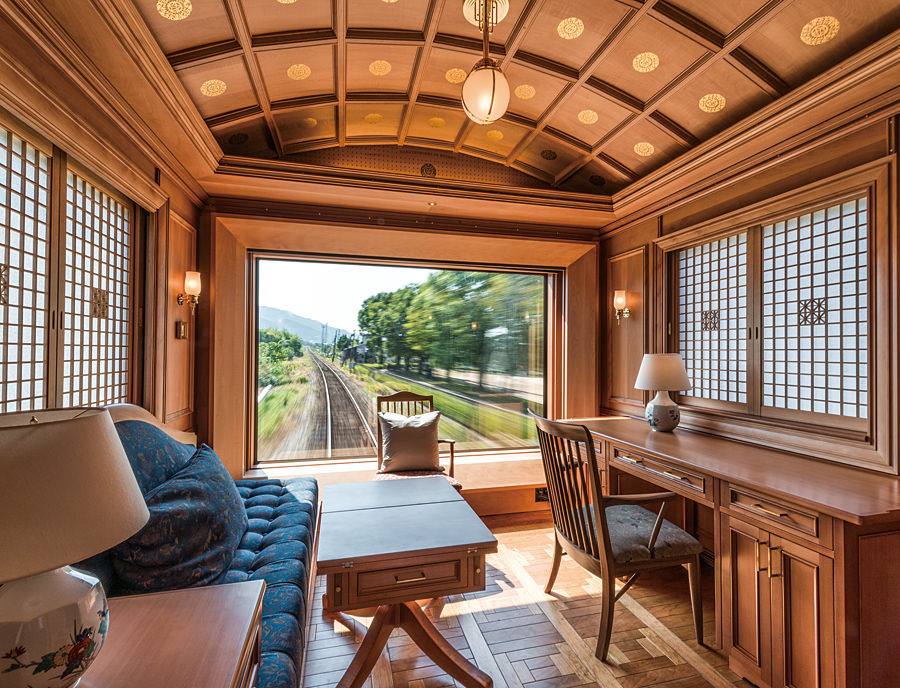
Source: Kyushu Railway Company
By the spring of 2017 the East Japan Railway Co. company is planning the release of a luxury train called the Train Suite Shiki-shima. This is in spite of there not being other luxurious versions of bullet train, due to the internal demand of this kind of service. It is planned to be comparable with the most extravagant cruises of the world. So, if you are interested in these kinds of high-end trips, I recommend you start saving your yen.
Where Can You Visit Japan’s Railway Museums?
There are several railway museums you can visit on your trip to Japan. You can plan a stop at one of these museums if you’re planning to visit Saitama, Nagoya or Kyoto (The Railway Museum, the SCMAGLEV and Railway Park and the Umejoki Railway Museum, respectively). There, you’ll find replicas; entertaining explanations; and a number of original models that are not in operation anymore, but that are now used as attractions where you can explore Japan’s railway history. There are other smaller and less relevant museums in other locations, but the three mentioned above are the ones I consider the most interesting and spectacular.
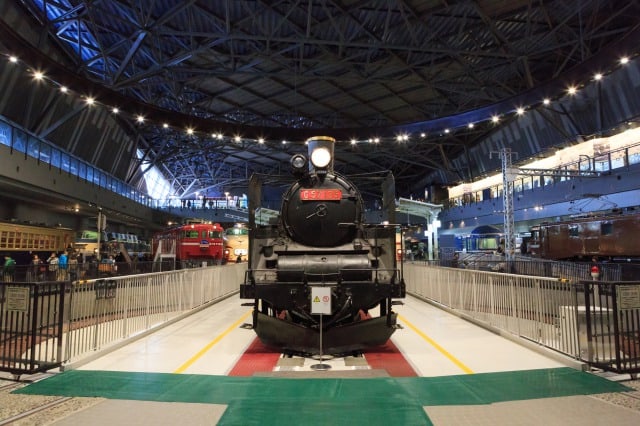
The Railway Museum (Saitama)
Address: 3-47, Onari-cho, Omiya-ku, Saitama-city, Saitama Prefecture
Hours: 10:00-17:00 (last admission 16:30)
Closed on Tuesdays and the New Year’s holidays (Dec. 29 – Jan. 1)
Admission: (Advanced Purchase, Individual) Adult: 1,230 yen, Elementary/Junior High/High School Student: 510 yen, Children under 3 years and older: 210 yen; (Day Of Purchase, Individual) Adult: 1,330 yen, Elementary/Junior High/High School Student: 620 yen, Children 3 years and older: 310 yen
Website: http://www.railway-museum.jp/en/
The SCMaglev and Railway Park (Nagoya)
Address: 3-2-2, Kinjofuto, Minato-ku, Nagoya 455-0848, Aichi Prefecture
Hours: 10:00-17:30 (Last admission 17:00)
Closed on Tuesdays (When a National Holiday falls on a Tuesday, the museum will be closed on the following day) and the New Year’s holidays (Dec. 28 – Jan. 1)
Admission: (Individual) Adult: 1,000 yen, Elementary/Junior High/High School Student: 500 yen, Children 3 years and older: 200 yen
*Separate fee for train simulator
Website: http://museum.jr-central.co.jp/en/
Kyoto Railway Museum
Address: Kankijicho, Shimogyo-ku, Kyoto
Hours: 10:00-17:00 (Last admission 16:30)
Closed on Wednesdays and the New Year’s holidays (Dec. 30 – Jan. 1)
Admission: (Individual) Adults: 1,200 yen, University and high school students: 1,000 yen,
Junior high and elementary school students: 500 yen, Children 3 years and older: 100 yen
Website: http://www.kyotorailwaymuseum.jp/en/
What is the Overall Japanese Train Experience Like?
So, whether you’re just trying to get from one place to another, or you’re a train fanatic, or if you simply appreciate railway and industrial design, there is no doubt that you’ll have a very gratifying experience aboard the vast array of trains in Japan. From the sleek industrial design of the Bullet Train to the elaborate interiors of newer luxury trains, there’s something for everyone!
Written by Jose I. Espindola with additional text and editing by Taeko Shiota
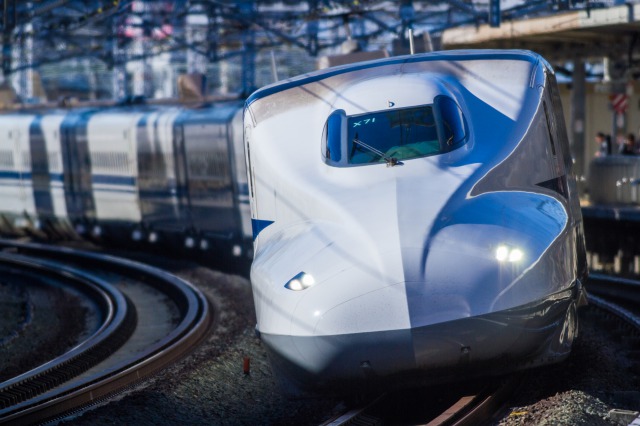
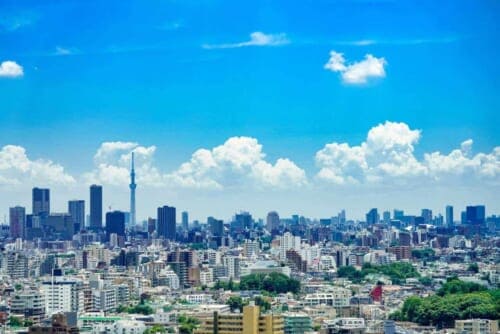

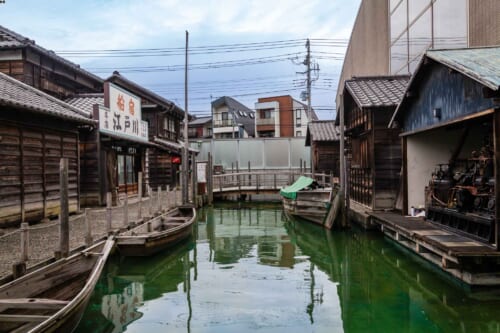
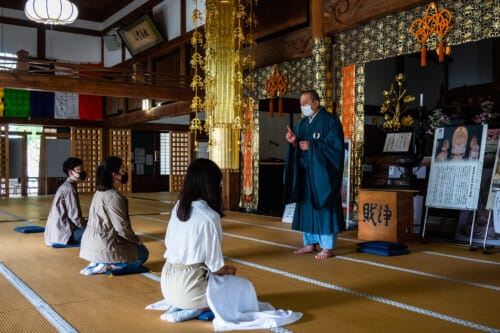
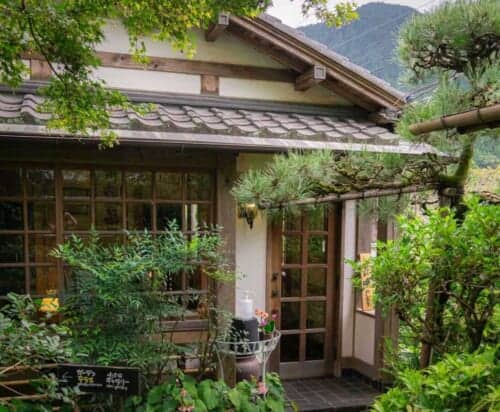
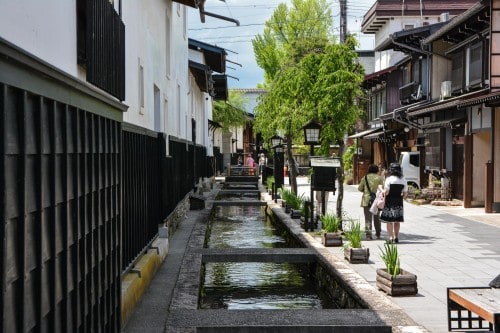
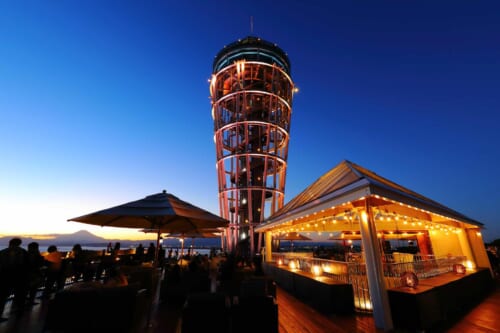


No Comments yet!